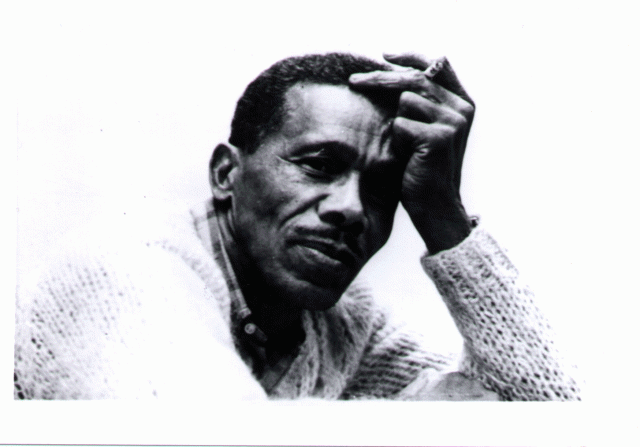
Pages From a Black Radical’s Notebook: A James Boggs Reader
Edited by Stephen M. Ward, Wayne
State University Press, 2011
401 pp, $US27.95
The Italian Marxist leader Antonio Gramsci coined the term “organic intellectual” to describe workers who educated themselves in advanced economic and social theory. Such people are essential to the task of the working-class understanding its historical role in changing society, he believed.
James Boggs was a perfect example of what Gramsci meant. He was capable of translating some of the most difficult concepts of Marxist theory into plain language.
His language, while natural, was also inspirational ― and his circle of influence included Malcolm X. In fact, Boggs was a leader of the group that organised the November, 1963 conference in Detroit at which Malcolm delivered his famous “Message to the Grassroots” speech.
Born in the rural US south, Boggs “rode the rails” (illegally hitched a ride on freight trains) to Detroit as part of the huge 1930s Afro-American migration to escape Jim Crow racism.
That generation played a pivotal role in the building of the huge industrial complexes in the northern car making centres. They not only built the industry, they unionised it ― and Boggs was in the frontline.
Arriving in Detroit in 1937, Boggs never left. The city was his landscape, his political terrain in which he developed as a working-class militant, Marxist and theoretician until his death in 1993.
As a factory worker for 28 years, he played a leading role in the fierce physical battles to build the United Autoworkers Union and the Congress of Industrial Unions.
He was a member of the Socialist Workers Party, where he was schooled in Marxism, and became a part of the Johnson-Forest Tendency led by CLR James, Raya Dunayevskaya and Grace Lee (who married Boggs).
From the Johnson-Forest Tendency, Boggs acquired a deep understanding of Hegelian dialectics. In Manning Marable’s recent biography of Malcolm X, he records that Malcolm was fascinated by Hegel’s master/slave dialectic. There is no record of who brought it to Malcolm’s attention, but I wonder if it was Boggs.
After breaking first from Dunayevskaya and later from CLR James, Boggs developed his thinking through the 1960s Black Power upsurge and past it, into the hard years of the crack cocaine epidemic that swept the community.
Pages From a Black Radical’s Notebook brings together many of Boggs's writings, charting his evolution from the 1950s through to shortly before his death.
He was prolific, writing two books, co-authoring two others, and producing dozens of essays, pamphlets, reviews, manifestos, and newspaper columns.
The titles of the book’s four sections largely tell the story of his political evolution.
Part one comprises columns from Correspondence, the newspaper of the Johnson-Forest Tendency, written during the 1950s and early '60s in which he deals with issues of struggle in the factories and bureaucratism in the UAW.
Interestingly, Correspondence was designed to be written entirely by its working-class readership.
Correspondence began as the Johnson-Forest newspaper, but it ended up solely led by James and Grace Lee Boggs as they moved from Marxism through to Black nationalism and then further into community organising.
Part two is the complete text of Boggs’s first book, The American Revolution: Pages from a Negro Worker’s Notebook, his most widely known work.
In part three, “Black Power ― Promise, Pitfalls, and Legacies,” is made up of essays, pamphlets, and speeches showcasing Boggs’s participation in and analysis of the origins, growth, and demise of the Black Power movement.
Part four comprises pieces written in the last decade of Boggs’s life, during the 1980s through the early '90s when he was trying to create a grassroots community movement that could be the seedbed of a new radicalism.
Through all these writings, as diverse as they are, the primary question that he grapples with is how to create a society in which all people can experience their humanity to its fullest.
“I raise these questions because nowadays most Americans have completely lost sight of the most fundamental qualities of living that any society must treasure and struggle to enhance if that society is to long endure,” he told a group of university students in 1976.
“It has never been difficult to mobilise people to struggle for material needs because people know very well when their bellies are empty or when they are freezing because they lack shelter and clothing.”
But Boggs was concerned with human needs, which “reflect spiritual hungers that are much more difficult to articulate and make clear to oneself, let alone to other people”. His ideal was a world community in which everyone looked out for each other.
This collection is a monument to the life-long devotion of a revolutionary to his craft.
